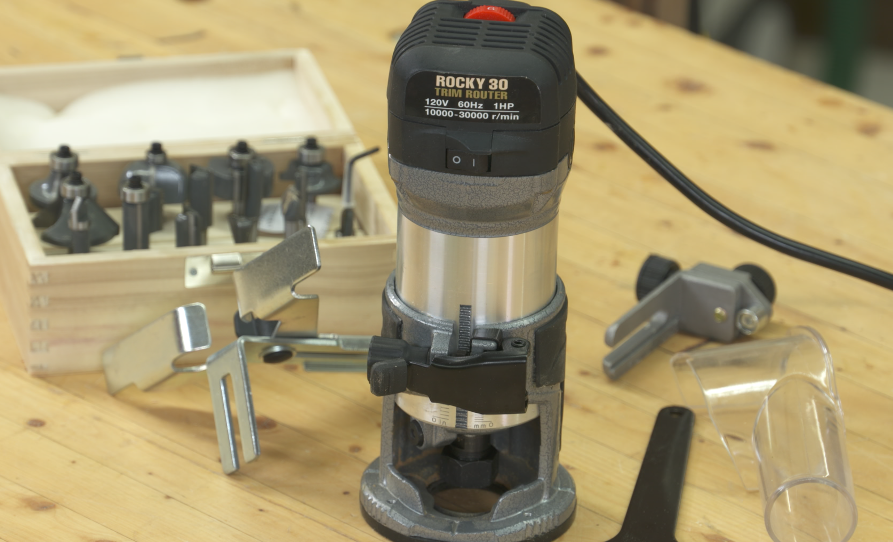If you're looking to improve your wood router table performance, here are a few tips to help you get started. First, keep your work area well-lit and free of dust so that your machine can run more efficiently. Second, ensure your bit is properly fitted to the router table and the blade is sharpened correctly. Finally, learn how to use your machine's various speed settings to achieve the desired results.
Make the most of your router table with these 5 tips
If you're like most woodworkers, you probably use your router table to cut various shapes and sizes out of various types of stock. But if you're looking to improve your router table's performance, here are five tips to consider.
1. Use a good router table
A woodworking tool known as a router is used to cut out shapes from wood, plastic, and metal. A router consists of three major components: a base, a motor, and a bit. There are many different types of routers like circular, plunge, and jig-style routers, each having its unique features. Before purchasing any accessories, you need to know what kind of router you have.
2. Make sure to use a quality router table
You want a solid work surface that is strong enough to hold much weight without buckling under pressure. One option is a plywood table with doweling holes drilled at specific intervals. Another option is a composite table that looks just like natural wood. You may even find some tables with a veneer finish so they look like real wood. Just make sure to get a router table that fits your needs perfectly.
3. Choose the right router bits if you have one
If you do not already have a router, then choosing the correct bits is a big decision. There are several kinds of bits, from straight to spiral bits. When selecting the bits, consider how often you plan to cut the material. Also, consider the type of material you’re working with and its thickness. Spiral bits are best suited for cutting thick pieces of wood, while straight bits work well for thin pieces of wood. If you have a router, choose a standard cutter that suits your intended usage.
4. Clean your bits regularly
Bits become dull over time. As a result of normal wear and tear, bits tend to clog and become slow to produce accurate cuts. To prevent this from happening, clean your bits regularly. A basic cleaning routine involves wiping them down with a rag dipped in rubbing alcohol. Afterward, apply mineral or cutting lubrication oil to improve performance. Always start with a small amount of lubricant, wait until the machine starts moving again before increasing the concentration, and test for safety first. Never use solvents on your tools.
5. Keep track of your router uses
The number of times you use the router is directly related to your skill level. Every time you use it, whether it’s to create something or simply to maintain your current project, you should keep score. At the end of each day, tally up the total number of hours spent using the router and record it somewhere safe. By doing this, you’ll start to notice patterns. Once you start noticing these trends, you’re ready to take action and get better!
Final Thoughts
In conclusion, following these five tips will help you improve the performance of your wood router table. First, make sure the surface you are using is properly prepared. Second, use a firm grip when operating the router. Third, use a slow speed and a small blade when routing. Fourth, keep your work area clean and free from debris. And fifth, take regular breaks to prevent fatigue.







